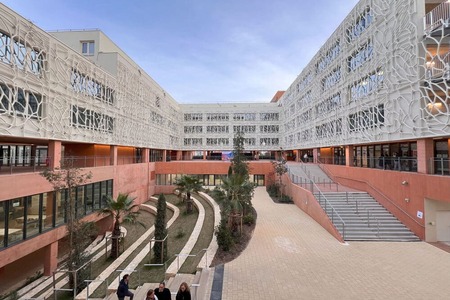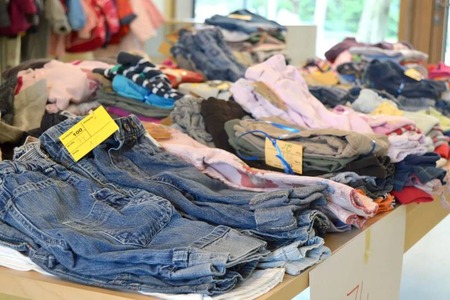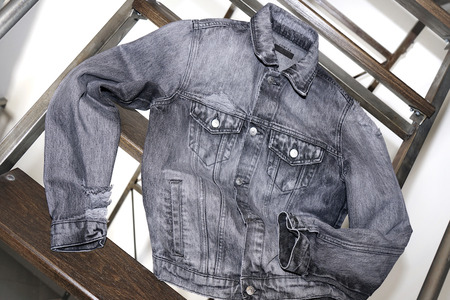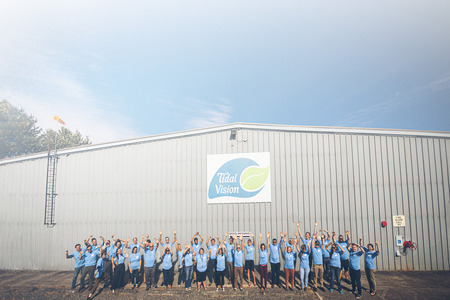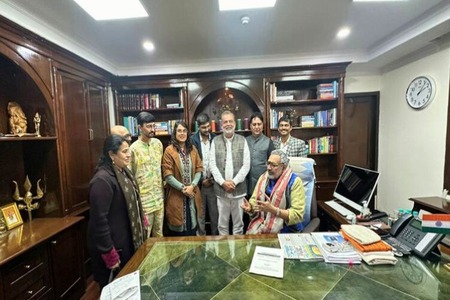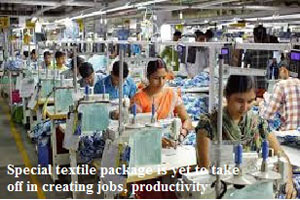
Special textile package is yet to take off in creating jobs, productivity
YarnsandFibers News Bureau 2016-09-16 12:00:00 – New DelhiThe special textile package approval by the cabinet and announced by the government in June which involves a total outlay of Rs 6,000 crore aimed at improving competitiveness and generating higher number of jobs through a string of labour reforms is yet to take off in terms of significantly creating jobs and improving production.
The apparel manufacturing, specific sub-sector within textiles targeted by the package, show that any significant rise in hiring is yet to happen under the new norms.
The package paved the way for fixed term employment in apparel manufacturing looking at its seasonal nature. While manufacturers have welcomed the move saying it allows them to deal with excess demand and idle labour issues at different times of the year, workers have argued it affects their livelihood.
The Labour ministry notification formalizing the rules for such employment was rolled out in early August allowing a months time for public comments.
The textile commissioner office is currently consulting with all stakeholders to iron out the difficulties in implementing the new norms. These include issues over wages, allowances and other statutory dues paid to workers. Also, the Textile ministry has fixed overtime hours for workers, not exceeding eight hours a week, in line with International Labour Organization norms. Manufacturers claim all this needs time to be incorporated in their operations, according to sources.
However, one of the major factors expected to boost hiring – increased government funding for employees provident funds, has also not started. The government currently bears 8.33% of the employer’s contribution. The Textile ministry, will now provide additional 3.67% of the employer’s contribution amounting to Rs 1,170 crore for first three years.
Textile ministry officials, under conditions of anonymity, said that disbursements under the new norms are yet to be made as companies have to submit their updated roll of employees.
Also, the government will only pay for ‘new’ employees fired by firms provided they do not already have a Employee Unique Identification Number (EUIN), Rahul Mehta, president, Clothing Manufacturers Association of India said.
The manufacturing cycles in the garment sector, which see spurt in hiking is also out of sync with the new package. For apparel manufacturers, the festive season beginning August is the biggest draw for which manufacturing has ended by July.
On the other hand, hiring by apparel exporters may pick up only by October-January, when exporters aim to meet demand from the North American and European markets, Chandrima Chatterjee, advisor to the Apparel Export Promotion Council (AEPC) said.
With demand in the global markets remaining sluggish, that is also under question. India’s textile exports declined by more than 17% according to the latest data for the month of July.
Industry insiders, however, cheered a decision to extend incentives under the amended Technology Upgradation Fund scheme from 15% to 25%. The scheme, amended in December 2015, allows subsidy on capital investment to enterprises in the medium, micro and small sectors subject to a ceiling of Rs 30 crore over five years. Textiles ministry officials said that this would allow owners to employ more.
However, the subsidy will be disbursed only after the expected jobs are created. Any accruing benefits thus arising out of the textile package will be clear only by November-December, Binoy Job, secretary general at Confederation of Indian Textile Industries said.
Ashok G Rajani, chairman of the Apparel Exports Promotion Council, said that the industry is gearing up for the $20-bn target set for this year. With major global markets still recording negative growth and the Brexit uncertainty looming large, the package is timely.
To boost exports, the government extended the duty drawback scheme to a number of state levies. Duty drawback is refund of duties on imported inputs for export items. This move would cost the exchequer Rs 5,500 crore but would greatly boost the competitiveness of Indian exports in foreign markets.
Any benefits accruing out of the textile package will reach manufacturers only by January.
Market Intelligence
Ask for free sample Report

experience
Customer Base
dedicated team
Countries Served Worldwide



